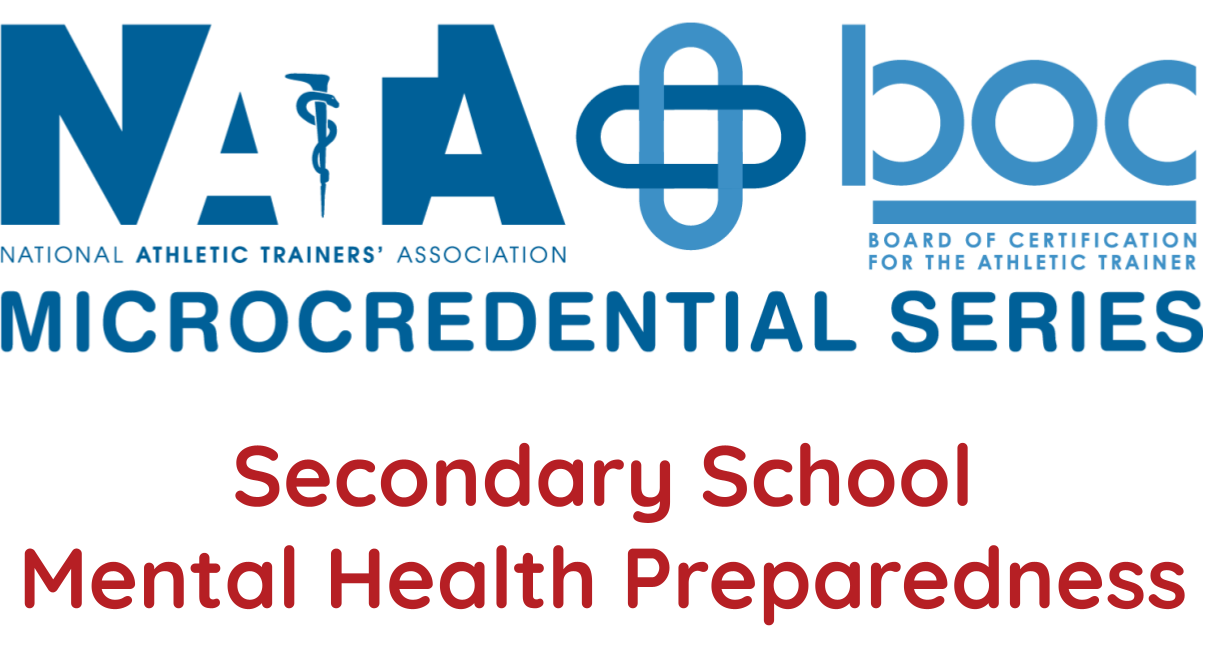
Cardiocerebral Resuscitation: The Key to Surviving Sudden Cardiac Arrest
-
Register
- Non-member - $31.25
- Member - Free!
- Student - Free!
- Staff - Free!
- Certified Student - Free!
- Retired - $18.75
Abstract:
Primary or sudden cardiac arrest (SCA) is an emergency that every athletic trainer must be prepared for and know how to treat appropriately. However, the survival rate of patients that suffer out of hospital cardiac arrest (OHCA) and receive cardiopulmonary resuscitation (CPR) has been poor and unchanged from 1978 to 2008 at 7.6%. (17.7% for the more survivable OHCA caused by ventricular fibrillation, commonly seen in SCA).After the 2000 international consensus on CPR and emergency cardiac care (ECC) failed to acknowledge the growing evidence that compressions were much more indicative of survival than ventilations, a group of researchers in Arizona proposed cardiocerebral resuscitation (CCR) as an alternative. CCR states that primary cardiac arrest should be treated with high-quality compressions only and early defibrillation by laypeople, and delaying intubation and positive pressure ventilation for EMS. This approach ensures consistent perfusion to cardiac and brain tissue by eliminating all breaks in compressions, avoiding positive pressure ventilation removes the risk of death by hyperventilation, and the lack of mouth-to-mouth ventilations has been shown to increase bystander intervention. Counties that have adopted CCR protocols specific to community and EMS arenas have seen an increase in survival of OHCA, some as much as doubling their survival rate. While AHA has made several updates since that emphasize compressions, they continue to recommend positive pressure ventilation and stopping compressions to administer them, which has been shown to be detrimental to survival of primary OHCA. As primary cardiac arrest with a shockable rhythm is the most common cardiac arrest encountered by athletic trainers it is imperative that we understand the implications of the CCR technique and ensure that we respond to this type of emergency in the most appropriate manner.
Objectives:
- Participants will be able to recognize primary and secondary cardiac arrest.,
- Participants will be able to describe oxygenation in primary and secondary cardiac arrest and how it relates to resuscitation.,
- Participants will be able to describe the effect of compressions-and the lack thereof-on coronary and cerebral perfusion.,
- Participants will be able to describe the difference between positive pressure and passive ventilation and their significance in the resuscitation process.,
- Participants will be able to describe the community and EMS steps of cardiocerebral resuscitation, and how it can apply to athletic training.,
- Participants will be able to distinguish between cardiocerebral resuscitation and cardiopulmonary resuscitation, and the indications for each.,
- Participants will be able to apply knowledge to create cardiac EAP specific for SCA.
Level:
Essential
Domain(s):Domain 3: Critical Incident Management
CEUs:
1.25 Category A
Keywords: critical incident, cardiac arrest, CCR, CPR, heart attack, trauma event, ventricular fibrillation, AED
On-Demand (Enhanced Access) Course Expiration:
Courses registered for after February 5, 2025, must be completed by December 31, 2025, at 11:59 p.m. CST.
For full details, refer to the expiration policy on our FAQ page.
Grace Savage, LAT, ATC
Originally from Fort Worth, Texas, Grace Savage has been a certified athletic trainer for over eleven years. A graduate of Texas Wesleyan and Texas State, Grace has spent the majority of her career at the collegiate level and has recently transitioned to an administrative role with a hospital outreach program. She was originally exposed to the cardiocerebral resuscitation technique during an IPE event with local EMS in Abilene, TX in 2015 and has been intent on educating athletic trainers about minimally interrupted cardiac resuscitation ever since. Grace currently resides in Sanger, TX and enjoys road trips and hiking with her dog Addie.

